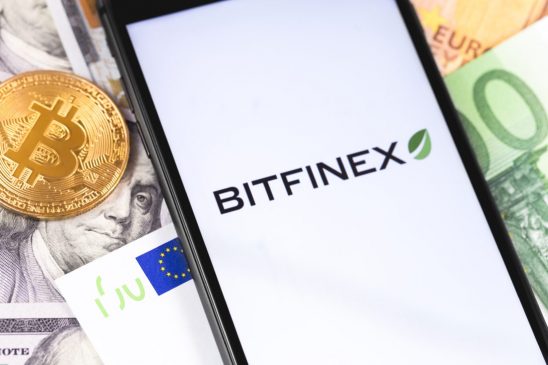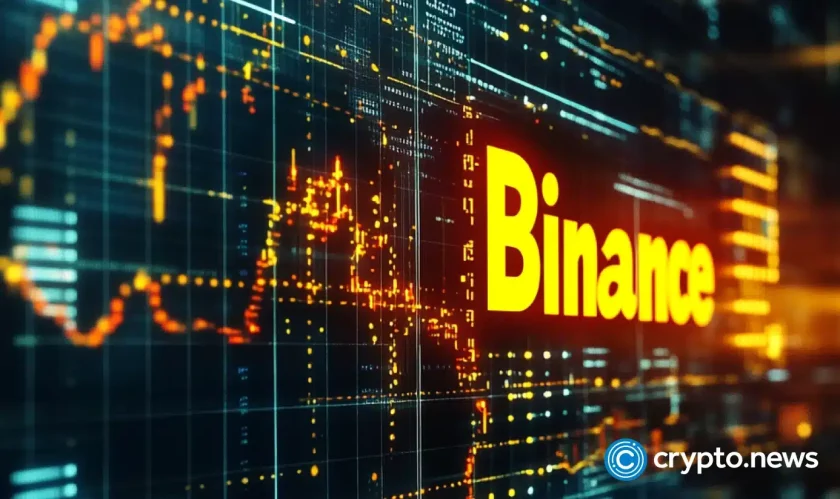On Saturday, reports revealed that Bitfinex, one of the largest crypto exchanges in existence, unveiled official plans to sell $1 billion worth of an asset called LEO. While this seems innocuous, a leading analyst warns that it could be a detriment to Bitcoin (BTC).
Related Reading: Bitfinex Premium Continues To ‘Rally’ Even After Bitcoin (BTC) Stabilizes, Tether Fears Subside
Bitfinex To Sell $1B Worth Of LEO
As reported by NewsBTC previously, last week, Dovey Wan, the founding partner of Primitive Ventures, revealed that Bitfinex was planning to raise $1 billion through the sale of company-branded crypto tokens through an on-platform initial coin offering, more commonly referred to as an IEO. Some took this news, however, as a joke, noting that there’s no way that the Hong Kong-headquartered exchange would enlist such a strategy, especially after last week’s news that it is in precarious legal and financial standing.
Bitfinex Official document about the LEO token pic.twitter.com/YR5FdS4iUY
— Dong Zhao (@zhaodong1982) May 4, 2019
Per a document published by Chinese cryptocurrency investor Zhao Dong, first reported on by The Block, however, the IEO is entirely legit. As Wan revealed, Bitfinex does intend to sell $1 billion of the cryptocurrency. Funnily enough, however, Larry Cermak of The Block has said that $600 million of the funding round has already been allocated to private investors, reported to be industry insiders, Bitcoin whales, and Asian venture capital firms.
On the matter of the token itself, the document hinted that LEO may be very similar in use to Binance Coin (BNB). More specifically, Bitfinex will purportedly spend up to 27% of its monthly profits to purchase LEO tokens, acting somewhat as a dividend for holders. It was also stated that if the exchange gets the $850 million it is owed back from Crypto capital, a Panamanian crypto-centric payment processor that is currently in the middle of an intense legal debacle, and the thousands of Bitcoin lost in a historical hack, Bitfinex will be able to buy back LEO with most of that capital.
Utility-wise, LEO can be used to reduce the rates they pay on the crypto exchange’s market. Taker fees for crypto-to-crypto pairs, lending rates, and withdrawal fees will all purportedly be subsidized for LEO holders.
Negative Bitcoin Price Action Catalyst
While this news seems to be independent of the broader cryptocurrency market, Tom Lee, Fundstrat’s head of research, has postulated that this $1 billion raise could actually be a negative price action catalyst for Bitcoin. The prominent commentator explains that $1 billion worth of new tokens will have a negative impact on BTC and other digital assets, as the market needs to “absorb” an influx of LEO tokens.
As Lee notes, “Bitcoin miners sell $7mm per day, so a $1 billion IEO is essentially 142 days worth of miner selling taking place in one day.”
$1 billion IEO is a lot of “new” token supply and probably has a short-term negative impact on $BTC #bitcoin and other crypto as the market needs to absorb this supply…
…Unless all the purchasers of the IEO come are new to crypto (fiat to crypto), which makes less sense. https://t.co/no9LlN0yJQ
— Thomas Lee (@fundstrat) May 4, 2019
Lee, however, seems to be leaning bullish overall, despite the news regarding LEO. Per previous reports from this outlet, the Fundstrat co-founder remarked that the fact that BTC has rallied despite the Tether “FUD” might just be an early sign that “crypto winter is ending.” He adds that if Bitcoin continues to hold strong, failing to react to the constant inundation of Tether-related news for two more weeks, he “would be inclined to argue that this is [another] reason [why] crypto winter is over.” This isn’t the only development making the analyst bullish, however.
During a recent CNBC segment, Lee took a gander at blockchain statistics, specifically that of Bitcoin. He opined that the transactional value of on-chain transfers has turned positive on a year-over-year basis, signifying that BTC is still seeing constant use for its intended purpose, in spite of the brutal conditions in the market. What’s even more positive is the fact that average daily transactions processed on the Bitcoin chain are reaching near-all-time highs, but that the transaction fee market has yet to bubble notably.
Secondly, the long-standing cryptocurrency optimist looked to the fact that BTC has moved above and held on top of its 200-day simple moving average. Throughout Bitcoin’s history, and the history of other liquid, tradable assets, the aforementioned technical level has been seen as a kind of ‘make or break’ point, in that holding above it signals that bulls have the upper hand. Combine this with the fact that Bitcoin’s daily chart recently printed a golden cross, which saw the 50-day simple moving average cross over the 200-day, is another reason, in Lee’s eyes, that “spring” might finally be inbound for digital assets across the board.
Lastly, and arguably most importantly, is the growth in trading activity in cryptocurrency markets, especially over-the-counter (OTC) desks. Citing closed-door conversations, Lee explained:
“We surveyed OTC brokers, who are really important in facilitating institutional investors, and they’ve all talked about a 60% to 70% increase in activity/number of clients and trading volume per client. Fundamentals are improving; technicals are improving, and activity by HODLers too.”
Featured Image from Shutterstock




